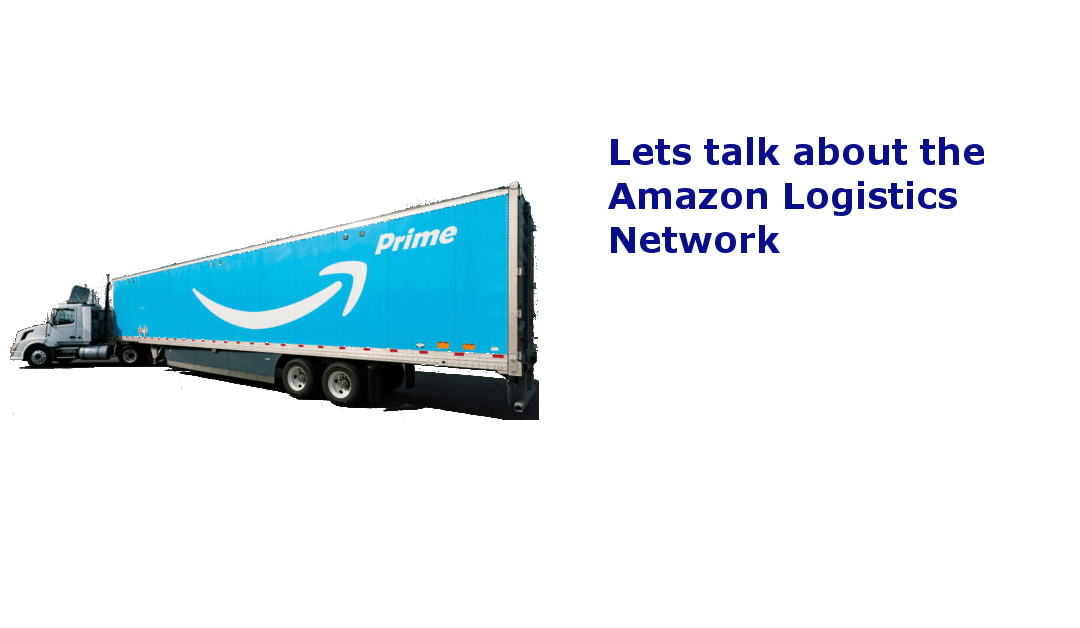When talking about ways to use and optimize transportation processes our conversations regularly move to talking about what Amazon does. Amazon and their logistics operations are held in high regard by logistics professionals the world over. Interestingly enough optimization techniques that Amazon uses have been available for years but very few companies have the capabilities that Amazon does to implement them. In addition their capabilities uniquely provide Amazon the capability to combine multiple optimization tactics to better control their costs and delivery timetables.
I will not spend a lot of time describing the whys and what’s but my only intent is to describe their logistics process as a reference to support discussion And future posts. Ok let’s talk through the normal steps an order placed with Amazon takes.
- Orders received are pick/packed at the distribution center (orders going through amazon fulfillment).
- The package can take a couple of routes next.
- 2A. Order is routed directly to UPS/Fedex for direct delivery to customer.
- or
- 2b.The order is sent to a Amazon Sortation center, where it is sorted by Zip Code.
- 3a. Packages leaving the sortation center go directly to USPS to be delivered to the customer
- or
- 3b. Orders are routed to a Amazon local delivery station in the delivery are where it will be delivered to customer using a local courier or Amazon Flex driver.

If there is one take away that I will comment on is that these are well known optimization techniques, your specific business requirements and capabilities will dictate what works best for you so use this as an example of combining transportation optimization tactics and develop your own in cooperation with your logistics provider.
If you want to learn more about logistics related topics in SAP, you can follow us on LinkedIn. If you have any inquiries, suggestions or we can help you optimize your logistics processes in SAP, don’t hesitate to contact us here. We’ll be happy to hear from you.
Resources:
- Reduce freight costs using transportation optimization with SAP – Part 1
- AdvancedBOL for SAP Logistics
Phillip Avelar is Managing Partner at Advanced Solutions in Chicago, helping SAP enterprises streamline supply chains and drive innovation. An AI and robotics enthusiast, he began working with neural networks in the 1990s and now applies that passion to solving real-world Supply chain challenges. He shares insights through blogs, publications, and conference talks.

